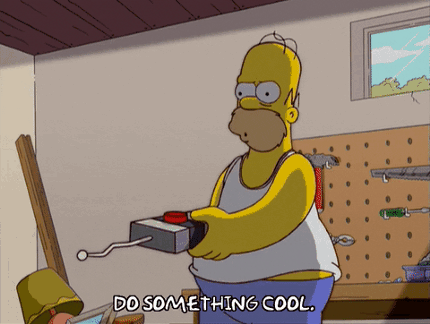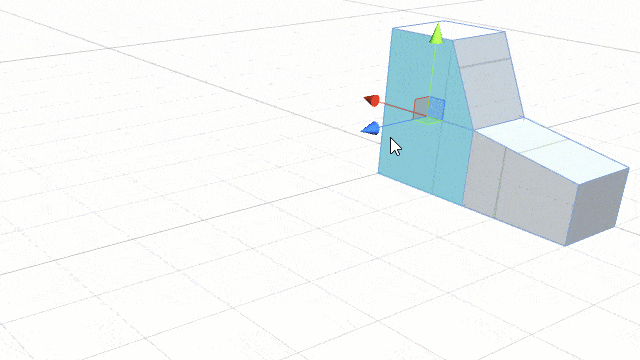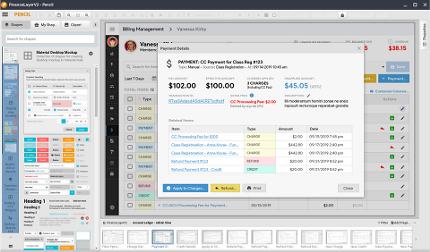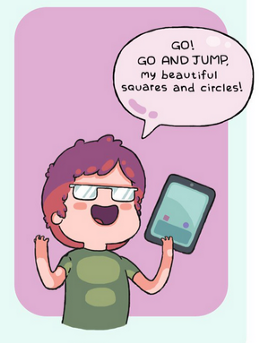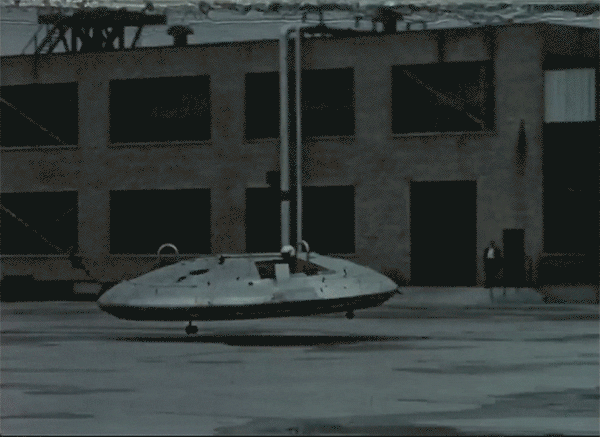
When starting a project you’re often brimming with excitement and ideas. This sort of enthusiasm is great, nobody really sets out to make a terrible game much less a bad looking one. However not keeping your excitement in check can lead to wasted money, time, and more importantly assets!
You can avoid a lot of this headache just by prototyping your ideas first, by doing this first you figure out what’s fun and what isn’t. No point in dropping a few thousand bucks on assets for a part of your game that isn’t fun that ends up scrapped. Here are a few tips and tools that can help you in your prototyping to help figure out what you want to make.
Humble Start: Unity Primitives
The venerable cube, sphere, cylinder, capsule, and plane are pretty much everything you need to prototype your game. Arguably if you can’t use them then your prototype is too complex. These shapes can help you block out levels, test mechanics, finding bugs, make enemy models, player assets and otherwise distill your game down into it’s core features. Slick graphics and effects won’t make your dull FPS any less duller and best of all these are free. Additionally there are similar sprites such as the capsule, square, circle, and etc for 2D work.
Tools of the Trade: Advanced Prototyping Tools
Probuilder: Now one of Unity’s built in tools, Probuilder allows you to quickly create quick levels or complex geometry and it can be used for more advanced production level work but if cubes aren’t cutting it or you need more advanced level design this my go to tool.
Twine: Another great piece of free software, Twine is an interactive story framework. This can allow you to storyboard your dialogue and key pieces of your story as well as work as standalone tool for publishing. It uses dead simple HTML and CSS so it’s incredibly versatile.
Pencil: Mocking up UIs, diagramming, and other kinds of prototype work can be done in Pencil, this open source tool allows you to quickly slap together what idea may be floating in your head. Best used for planning and other kinds of ancillary prototyping.
Pro Tip: Tips for Prototyping
Playtesting: Playtest, playtest, playtest, playtest, did I mention playtest? Let others playtest. Your mom, dad, friends, relatives, complete strangers, enemies, your mailman, the pizza guy. If they say yes let them playtest and let them do so without input from you. This is incredibly instructive to how your game will work, if they can have fun making a bunch of blocks doot around then you are golden. If they get bored in a flash, fancy assets won’t save you. Feedback is king since ultimately that’s the only way you’ll know if others like your game.
Don’t Get Stuck: Have a good understanding of what are timesinks (this will come with experience) and what is worth focusing on. Cut features that hinder progress, if it isn’t absolutely core to your idea then gut it. Ignore bugs that don’t impact gameplay. Use coding shortcuts, yes that huge IF/ELSE block is gross but guess what? It’s fast. Speed is king with prototyping, and awesome assets make you slow.
Hopefully as you craft your next masterpiece you realize that the steps to getting there don’t need to be lined in gold. The most important thing is that you continue to move forward, making progress, and ultimately making the best game possible. With prototype art you can get 90% of the way there and only when that core game is found do you need to fill in that final glittery 10%. Until next time, happy coding.


